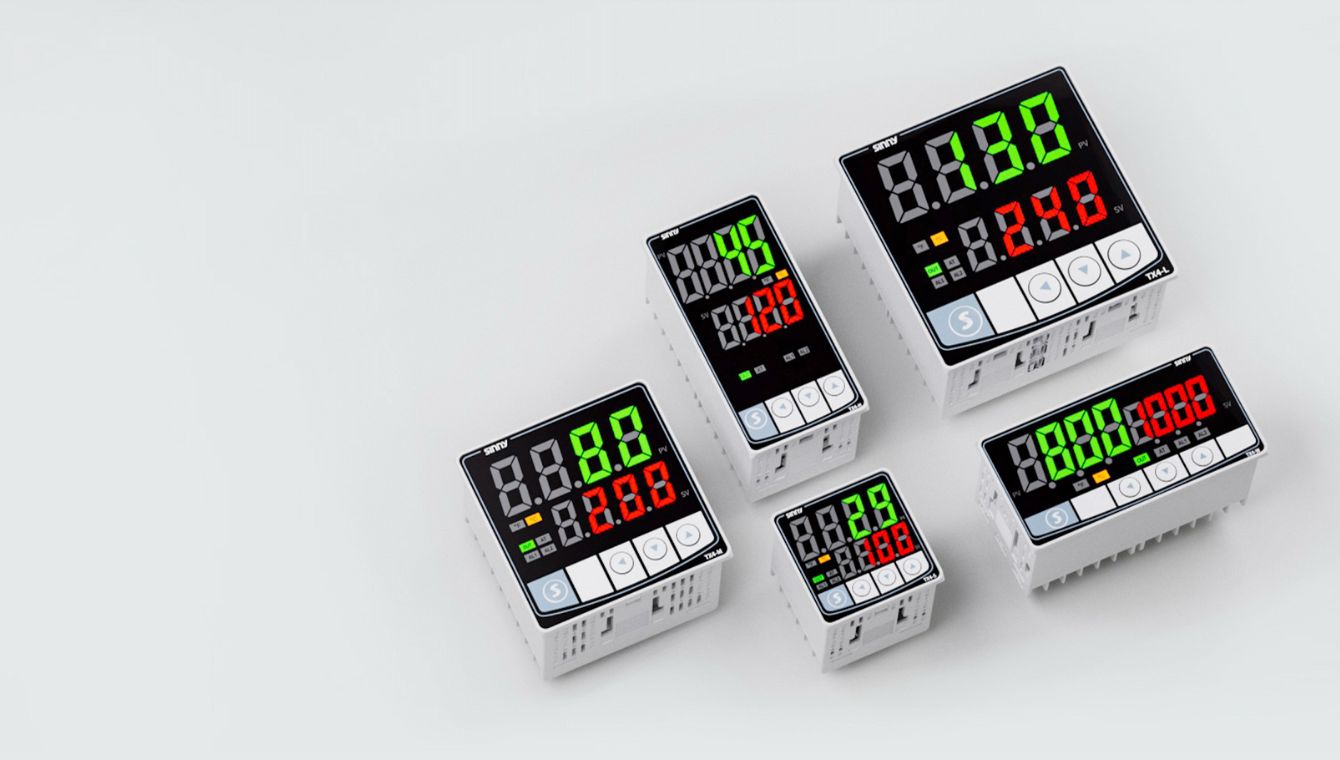Digital temperature controllers can perform effectively under extreme heat or cold, but their performance depends significantly on the design and quality of the components used, including sensors, microprocessors, and output actuators.
Key points on their performance under such conditions are:
Sensor Reliability: Sensors like thermocouples, RTDs, and thermistors are critical. They convert temperature changes into electrical signals. High-quality sensors are designed to operate accurately across wide temperature ranges, but extreme temperatures may affect sensor stability and lifespan if the sensors are not specified for those ranges.
Controller Electronics: The digital controller’s microprocessor processes sensor inputs and runs control algorithms (such as PID) to maintain temperature. The internal electronics must be designed to operate within specified temperature limits. Controllers meant for harsh environments often have ruggedized components or may be housed to protect against excessive heat or cold.
Heat Dissipation and Thermal Runaway Prevention: In devices like thermoelectric actuators used in conjunction with controllers, managing heat buildup is crucial. An inadequate heatsink can cause thermal runaway at high temperatures, potentially damaging the system. Controllers usually include limitations on current and power to prevent overheating.
Control Stability: Under extreme temperatures, maintaining stable control requires good algorithm tuning and possibly additional safety features such as hysteresis (a temperature band to prevent rapid on/off cycling), current limits, and thermal runaway detection to protect both the controller and the equipment it manages.
Performance in Extreme Cold: Cooling below ambient temperature typically involves thermoelectric coolers or refrigeration cycles controlled precisely by the controller. Digital controllers manage the system’s output to maintain target temperatures even in cold environments, but mechanical or environmental limits of sensors and actuators impose practical constraints on minimum achievable temperature and accuracy.
In summary, digital temperature controllers can perform well under extreme heat or cold if they use appropriate sensors and are designed with protective measures and control algorithms suited for those conditions. Protecting the controller electronics, sensors, and actuators from temperature-induced failures is crucial to maintaining accuracy and reliability in such environments



